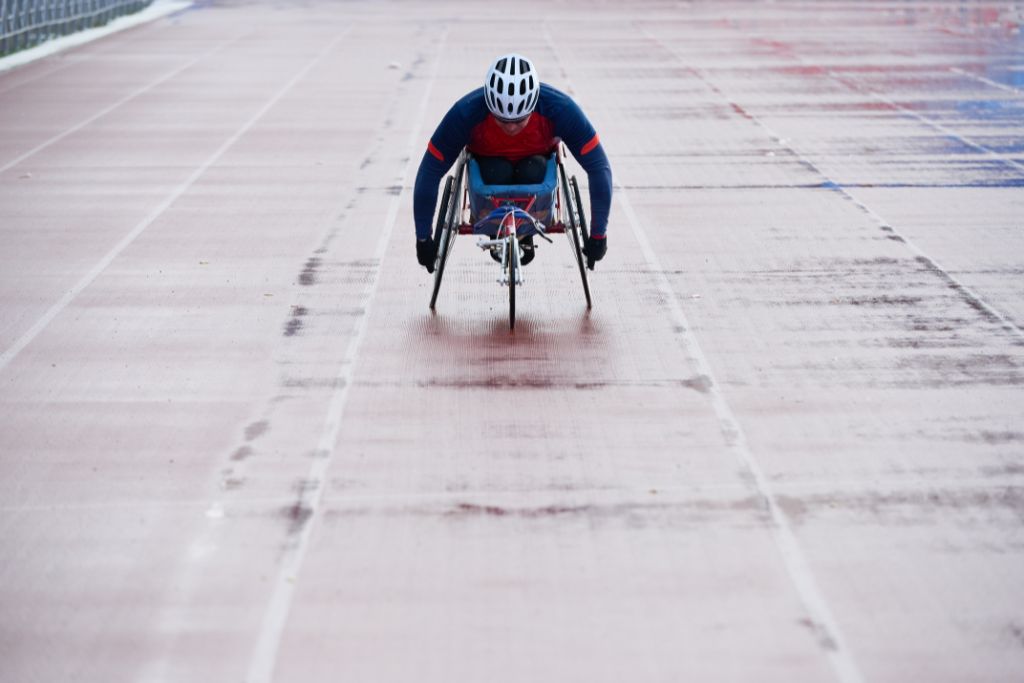In the world of sports, technology has been a game-changer in enhancing performance and levelling the playing field. The Paralympic Games serve as a testament to this, where groundbreaking innovations have paved the way for athletes with disabilities to compete at the highest level. In this article, we delve into the training regimen of one remarkable para-athlete, Caecilia Riedl, who exemplifies how advancements in technology have revolutionized Paralympic sports. Join us as we gain an inside look into Riedl’s training routine and explore the cutting-edge tech devices that have transformed her journey to success on and off the track. Prepare to be inspired by both her unwavering determination and her utilization of technological breakthroughs in pursuit of athletic greatness.
The Evolution of Prosthetics: How Advanced Limb Technology is Empowering Para-Athletes
The evolution of prosthetics and advanced limb technology has had a profound impact on empowering para-athletes in the world of sports. Para-athletes, such as Caecilia Riedl, have benefited from groundbreaking innovations that have revolutionized Paralympic sports. These technological advancements have not only enhanced performance but also levelled the playing field for athletes with disabilities. With access to state-of-the-art devices and equipment, para-athletes like Riedl are able to push their physical boundaries and compete at the highest level.
Caecilia Riedl’s training regimen provides us with an inside look into how these tech innovations are integrated into her routine. From cutting-edge prosthetic limbs that mimic natural movement patterns to high-tech adaptive equipment tailored to specific athletic disciplines, Riedl embodies the transformative power of advanced limb technology. These advancements not only assist in improving speed and agility but also provide comfort, stability, and overall confidence for para-athletes.

In conclusion, technology has played a pivotal role in empowering para-athletes in Paralympic sports by enhancing their performance capabilities and creating a more inclusive competitive environment. The journey of Caecilia Riedl exemplifies how these advancements have transformed both training routines and competition experiences for athletes with disabilities. As technology continues to evolve, it is exciting to anticipate further breakthroughs that will redefine what is possible in Para-Athletics.
Breaking Barriers: Harnessing the Power of Exoskeletons in Paralympic Sports
Technology has proven to be a game-changer in enhancing performance and leveling the playing field in sports. Nowhere is this more evident than in the Paralympic Games, where groundbreaking innovations have allowed athletes with disabilities to compete at the highest level. In this article, we take a closer look at Caecilia Riedl’s training regimen and explore how advancements such as exoskeletons have revolutionized Paralympic sports.
Caecilia Riedl is an extraordinary para-athlete who epitomizes how technology has transformed Paralympic sports. Through her training routine, we gain insight into the cutting-edge tech devices that have propelled her success. Among these innovative tools are exoskeletons – wearable mechanical suits designed to enhance mobility and strength for individuals with physical impairments.
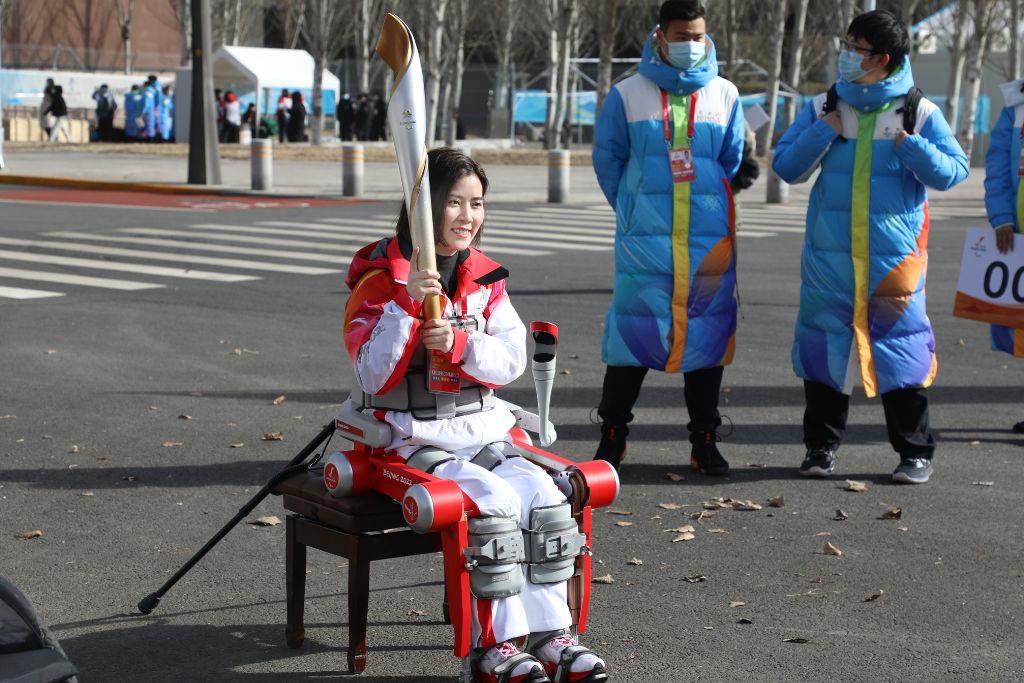
Exoskeletons provide Riedl with a new sense of freedom by augmenting her abilities and breaking down barriers previously thought insurmountable. With their support, she can push beyond conventional limitations, improving both athletic performance and quality of life.
The Science of Wheelchair Designs: Redefining Mobility for Paralympic Athletes
The Science of Wheelchair Designs: Redefining Mobility for Paralympic Athletes provides a comprehensive examination of the technological advancements that have revolutionized Paralympic sports. This article focuses on Caecilia Riedl, a remarkable para-athlete, and her training routine, providing readers with an inside look into her preparations. Highlighting the innovative devices that have transformed Riedl’s experience, this article emphasizes how technology is redefining mobility in wheelchair designs.
In today’s sports world, technology plays a crucial role in enhancing performance and creating equal opportunities for athletes. The Paralympic Games embody this concept as groundbreaking innovations have allowed athletes with disabilities to compete at the highest level. Through exploring Caecilia Riedl’s training regimen and journey as a para-athlete, readers gain insight into how technological advancements are reshaping the landscape of Paralympic sports.
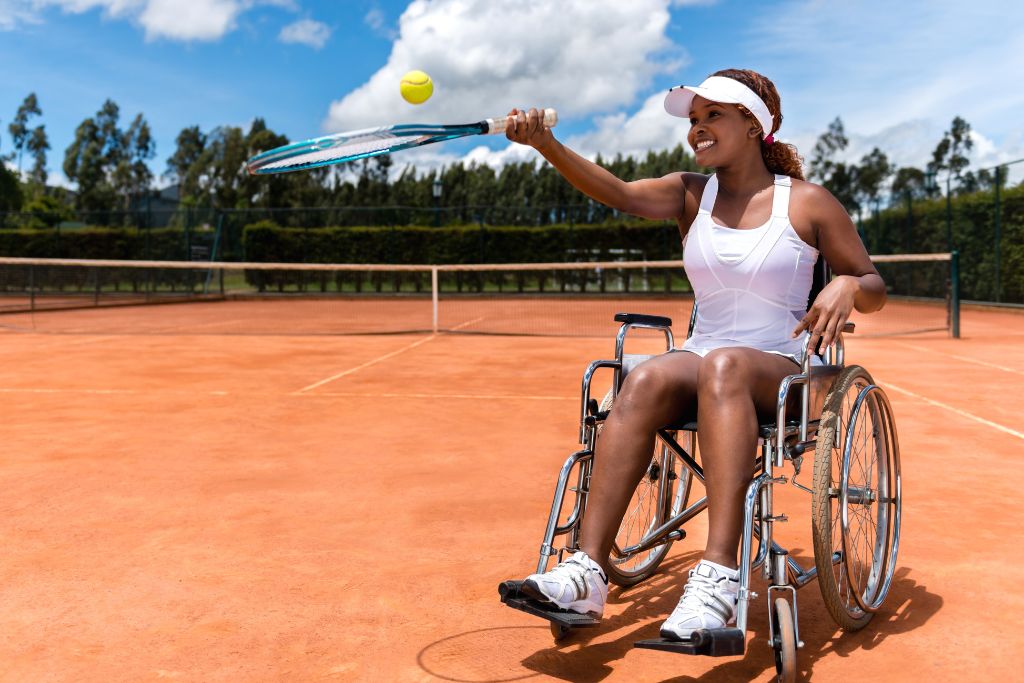
Through cutting-edge devices and sophisticated technologies, wheelchair designs are translating into improved mobility for Paralympics athletes like never before. The article delves into these innovations while maintaining a professional tone throughout its narrative.
Assistive Technologies in Adaptive Rowing: A Closer Look at Riedl’s Training Equipment
Assistive technologies play a crucial role in adaptive rowing, allowing athletes with disabilities to push their limits and excel in the sport. One notable example is Caecilia Riedl’s training equipment, which showcases the incredible advancements made in this field. These innovations have revolutionized Paralympic sports by providing athletes with tools that enhance their performance and level the playing field.
Riedl’s training regimen is supported by cutting-edge tech devices specifically designed for adaptive rowing. These devices enable her to train effectively and efficiently by addressing the unique challenges she faces as a para-athlete. By utilizing these assistive technologies, Riedl can optimize her technique, strength, and endurance, ultimately enhancing her performance on the water.
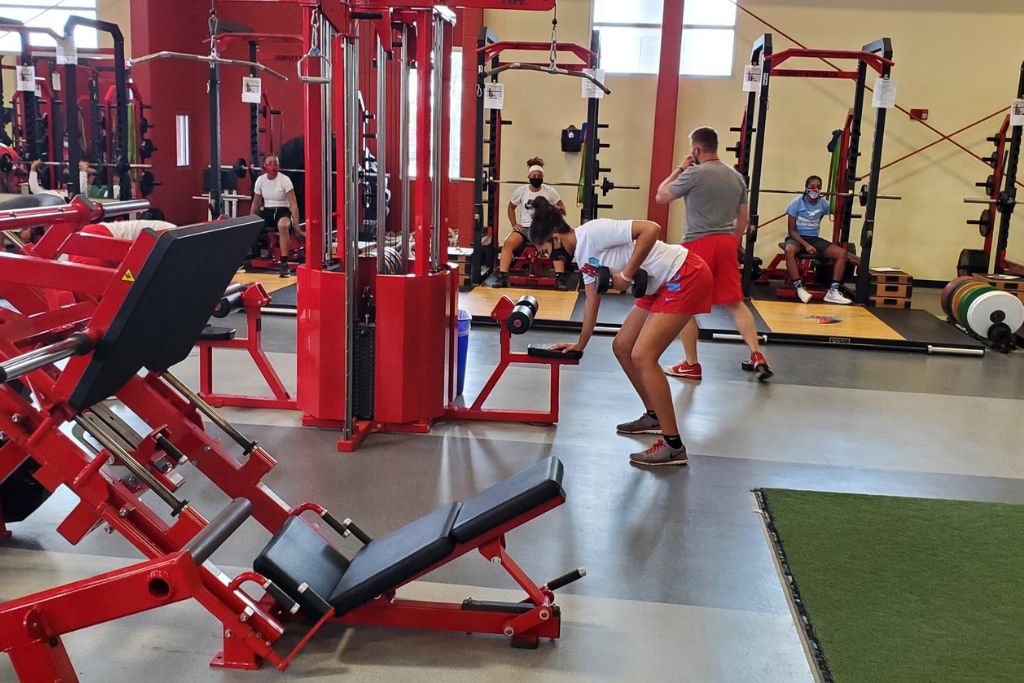
The impact of technology in Paralympic sports cannot be understated. It has opened up new opportunities for athletes like Caecilia Riedl to compete at an elite level and bring recognition to adaptive rowing as a competitive sport. As we explore Riedl’s training routine further, it becomes evident how assistive technologies have transformed both the approach to training and the overall capabilities of para-athletes in adaptive rowing.
Game-Changing Wearable Devices: Enhancing Performance and Injury Prevention in Paralympic Sports
Technology has revolutionized the world of Paralympic sports, allowing athletes with disabilities to enhance their performance and prevent injuries. One notable para-athlete, Caecilia Riedl, serves as a prime example of how advancements in wearable devices have changed the game. In this article, we take an inside look at Riedl’s training regimen and explore the cutting-edge tech innovations that have transformed her abilities in the field.
From smart prosthetics to motion tracking sensors, wearable devices have played a vital role in enhancing performance for para-athletes like Riedl. These technological advancements have enabled precise monitoring of biomechanics and provided real-time feedback during training sessions. With access to advanced data analytics, coaches can fine-tune training programs and identify areas for improvement more effectively than ever before.
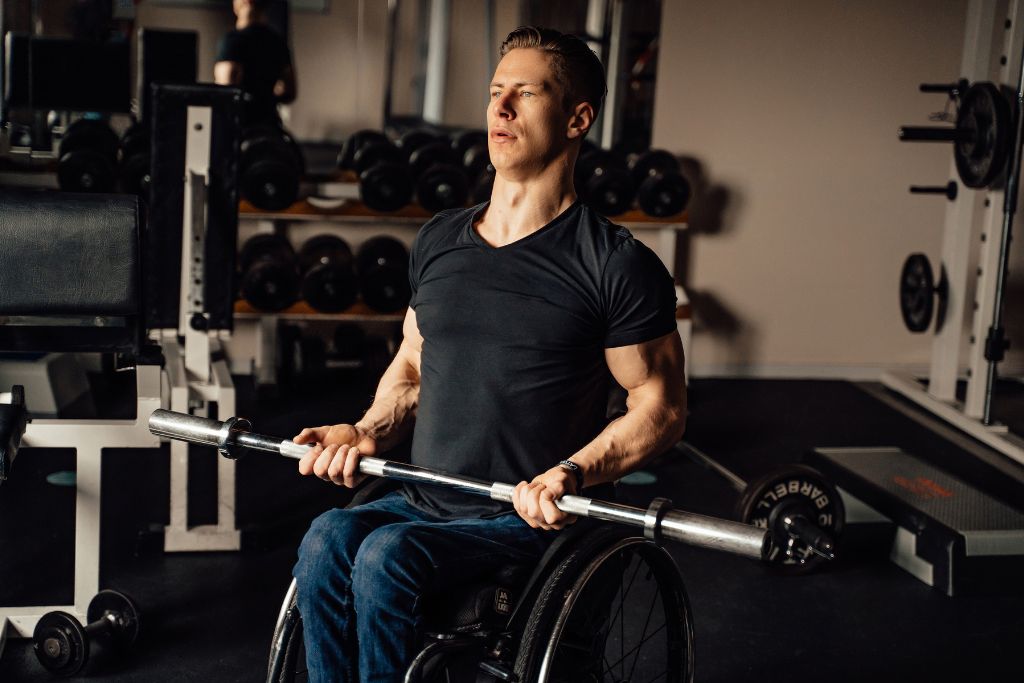
Not only do these wearables aid in optimizing performance, but they also play a significant role in injury prevention for Paralympic athletes. By monitoring factors such as impact forces and joint stresses during workouts or competitions, these devices can help identify potential risks before they turn into serious injuries. The ability to track wear patterns and detect fatigue levels assists both athletes and their support teams in making informed decisions regarding rest periods and recovery strategies.
Overall, wearable devices have proven instrumental in transforming Paralympic sports by providing opportunities for enhanced performance analysis and injury prevention measures. As we delve into Caecilia Riedl’s training routine and explore her use of game-changing technologies firsthand, it becomes evident just how much progress has been made through innovation within this field.
Cutting-Edge Sports Prosthetics: Maximizing Efficiency and Functionality for Para-Athletes
Cutting-edge sports prosthetics have revolutionized the world of Paralympic sports, maximizing efficiency and functionality for para-athletes. These advancements in technology have leveled the playing field, enabling athletes with disabilities to compete at the highest level. Caecilia Riedl, a remarkable para-athlete, exemplifies how tech innovations have transformed Paralympic sports.
Riedl’s training regimen offers an inside look into the impact of these cutting-edge devices. With advancements such as advanced carbon fiber blades and sensors embedded within prosthetics, Riedl can maximize her performance and achieve higher levels of functionality. These innovations provide stability and precision while minimizing energy expenditure, allowing para-athletes like Riedl to push their limits further than ever before.
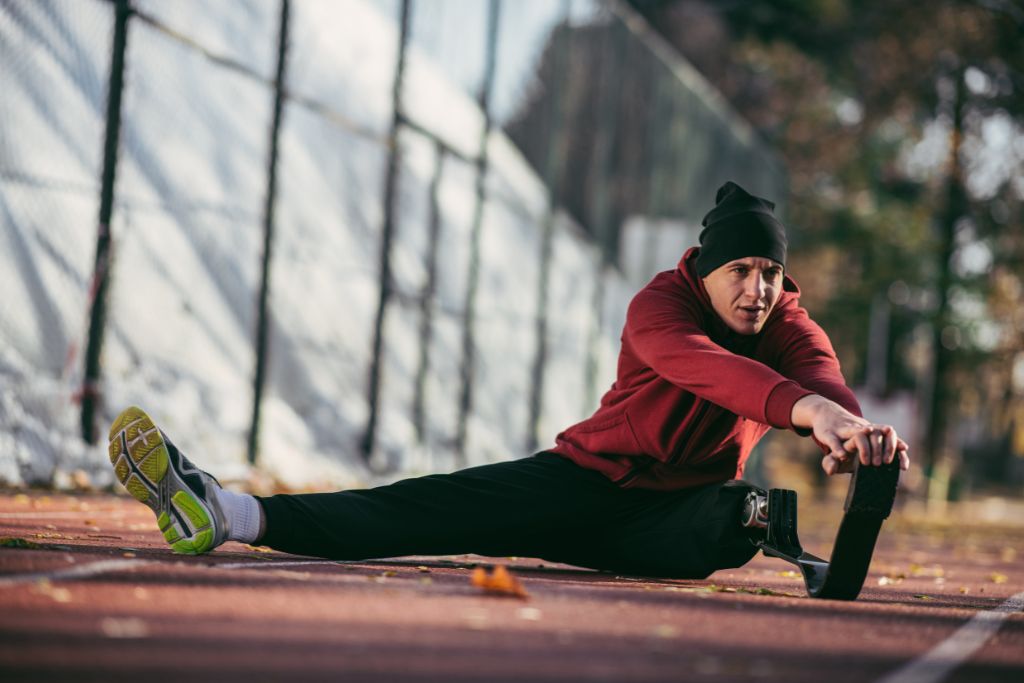
The integration of technology in sports prosthetics has not only enhanced athletic performance but also improved the overall quality of life for para-athletes. The customizable nature of these devices ensures a comfortable fit and allows athletes to tailor them to their unique needs. As technology continues to advance, we can expect further breakthroughs that will continue to push boundaries and redefine what is possible in Paralympic sports.
Virtual Reality Training: The Future of Paralympic Sports Preparation
Virtual Reality (VR) training is rapidly emerging as the future of preparation for Paralympic sports. With its ability to create immersive and realistic environments, VR provides athletes like Caecilia Riedl with a unique platform to enhance their skills, improve performance, and overcome physical limitations. By simulating game scenarios and offering tailored exercises, VR allows para-athletes to train in a safe yet highly realistic environment that closely replicates real-life competition conditions.
The use of VR technology has revolutionized not only how Riedl prepares for Paralympic events but also her overall athletic experience. Through virtual simulations, she can practice specific techniques, analyze her movements from different angles and perspectives, and receive instant feedback on areas that require improvement. This cutting-edge tech innovation helps eliminate barriers faced by para-athletes by offering equal opportunities for skill development while minimizing risks associated with traditional training methods.
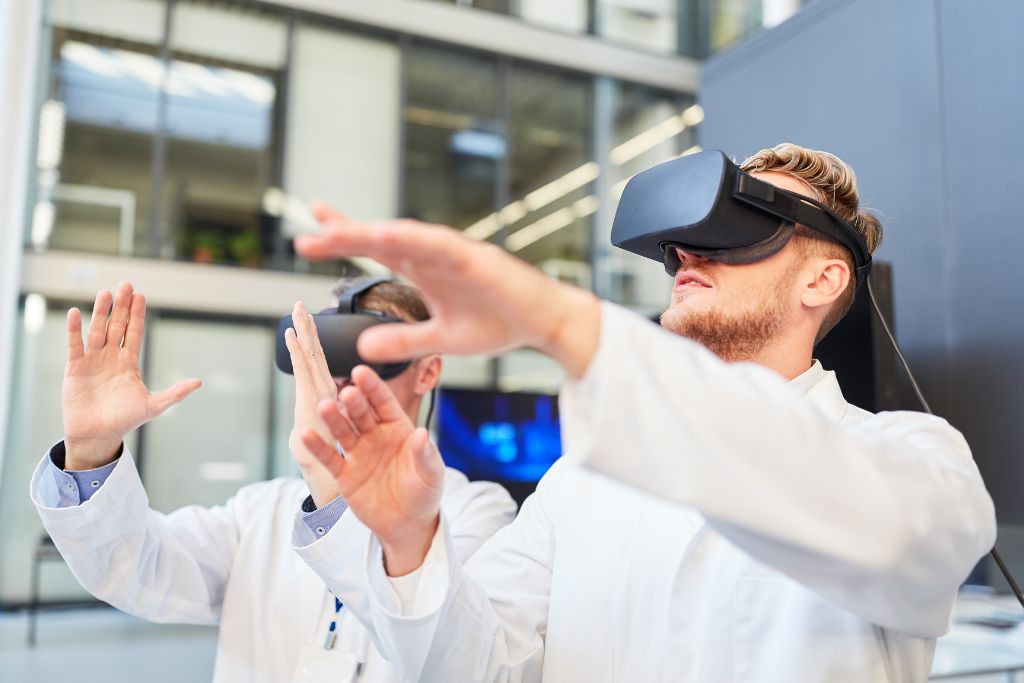
As we explore Caecilia Riedl’s training routine further in this article about tech innovations in Paralympic sports, it becomes clear that virtual reality has significantly transformed the landscape of athletic preparation for athletes with disabilities. By providing an immersive and tailored training experience through advanced technological devices like VR headsets/controllers or motion-capture suits/domes/gloves/boots – these innovations have opened up new avenues pushing boundaries within Paralympic sports which were previously inaccessible or limited due to physical impairments.
“Vision Beyond Sight: The Unstoppable Spirit of 12-Year-Old Caecilia Riedl” is as inspiring as the cutting-edge equipment improving her training. This essay highlights Riedl’s extraordinary Paralympic journey and tenacious spirit. Technology is crucial to her training, but her determination and passion have made her successful. Riedl’s training blends technology and humanity, from virtual reality to adaptive sports equipment. By understanding her vision beyond sight and technology’s impact, we see a young athlete’s triumph over challenges and Paralympic sports innovation.
